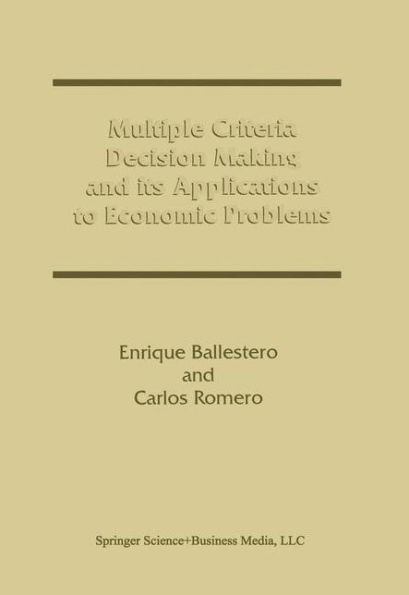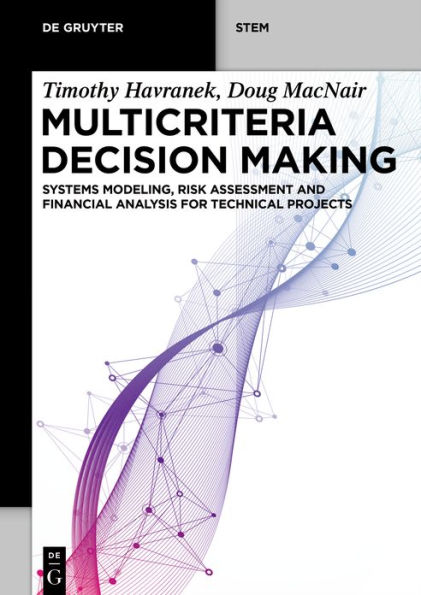Home
Multiple Objective Decision Making - Methods and Applications: A State-of-the-Art Survey
Loading Inventory...
Barnes and Noble
Multiple Objective Decision Making - Methods and Applications: A State-of-the-Art Survey
Current price: $54.99


Barnes and Noble
Multiple Objective Decision Making - Methods and Applications: A State-of-the-Art Survey
Current price: $54.99
Loading Inventory...
Size: OS
*Product Information may vary - to confirm product availability, pricing, and additional information please contact Barnes and Noble
Decision making is the process of selecting a possible course of action from all the available alternatives. In almost all such problems the multiplicity of criteria for judging the alternatives is pervasive. That is, for many such problems, the decision maker (OM) wants to attain more than one objective or goal in selecting the course of action while satisfying the constraints dictated by environment, processes, and resources. Another characteristic of these problems is that the objectives are apparently non commensurable. Mathematically, these problems can be represented as: (1. 1 ) subject to: gi(~) ~ 0, ,', . . . ,. ! where ~ is an n dimensional decision variable vector. The problem consists of n decision variables, m constraints and k objectives. Any or all of the functions may be nonlinear. In literature this problem is often referred to as a vector maximum problem (VMP). Traditionally there are two approaches for solving the VMP. One of them is to optimize one of the objectives while appending the other objectives to a constraint set so that the optimal solution would satisfy these objectives at least up to a predetermined level. The problem is given as: Max f. ~) 1 (1. 2) subject to: where at is any acceptable predetermined level for objective t. The other approach is to optimize a super-objective function created by multiplying each 2 objective function with a suitable weight and then by adding them together.


















